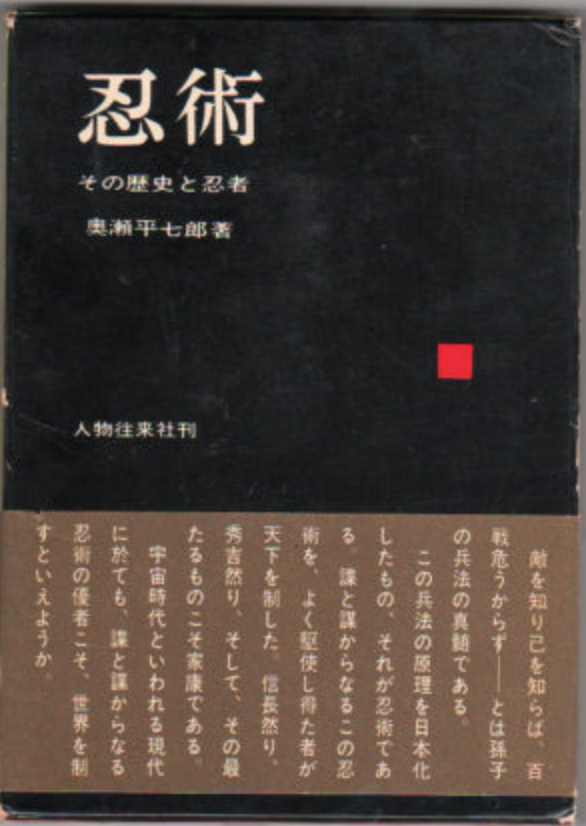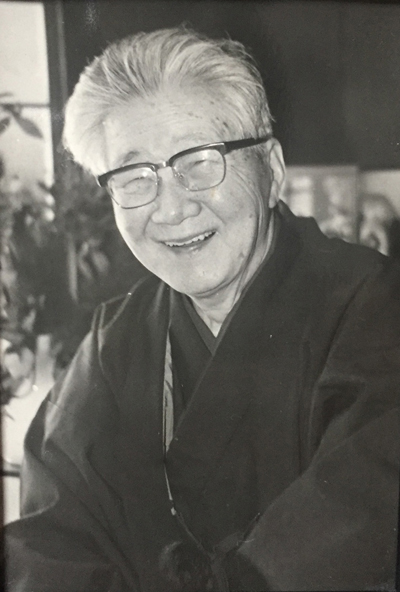
“Differences Between Iga and Kōga” (Page 118-121) from the book Ninjutsu Sono Rekishi To Ninja by Heishichirō Okuse.
When considering the origins of the Kōga ninja clans, two key points stand out. First, 飯道山Handōzan, a Shugendō training ground founded by 役 行者 En no Gyōja, is located in the heart of the Kōga region. Second, in ancient times, the Kōga region was not distinguished from Iga and existed as part of Iga District, meaning the residents of both Iga and Kōga were essentially the same ethnic group.
The name “Iga” was established in the third year of Emperor Kōrei’s reign when the Yamato court extended its governance over both Iga and Ise provinces. According to the Nihon Shoki, “The land of Ise is the land of Isetuhiko, and Iga is the land governed by Igatuhime, ruled by their vassals,” indicating that the names used by the indigenous people were officially retained.
The original inhabitants of Iga and Ise were of the same ethnic stock, with “Iga” (IGA) meaning “mountainous interior” and “Ise” (ISE) meaning “plains,” as descriptive terms for their respective regions. After the introduction of Chinese characters, the names IGA and ISE were assigned the characters 伊賀 (Iga) and 伊勢 (Ise).

It’s unclear exactly when Kōga District was separated from Iga District, but it likely occurred sometime after the Nara period (710–794 CE). The authorities at the time chose the character 甲 (Kō), which shares the same “I” sound as 伊 (I), to name the new district Kōga.
Thus, Kōga is not a name derived from ancient phonetics but rather a repurposing of Chinese characters, meaning the term “Kōga” (KOGA) itself has no inherent meaning. Even after the separation, the cultural and ethnic unity between the two regions remained largely unchanged. Until the Tokugawa period (1603–1868 CE), when a rigid feudal system fully isolated the two, their customs, culture, and interpersonal exchanges continued as if they were still a single district.
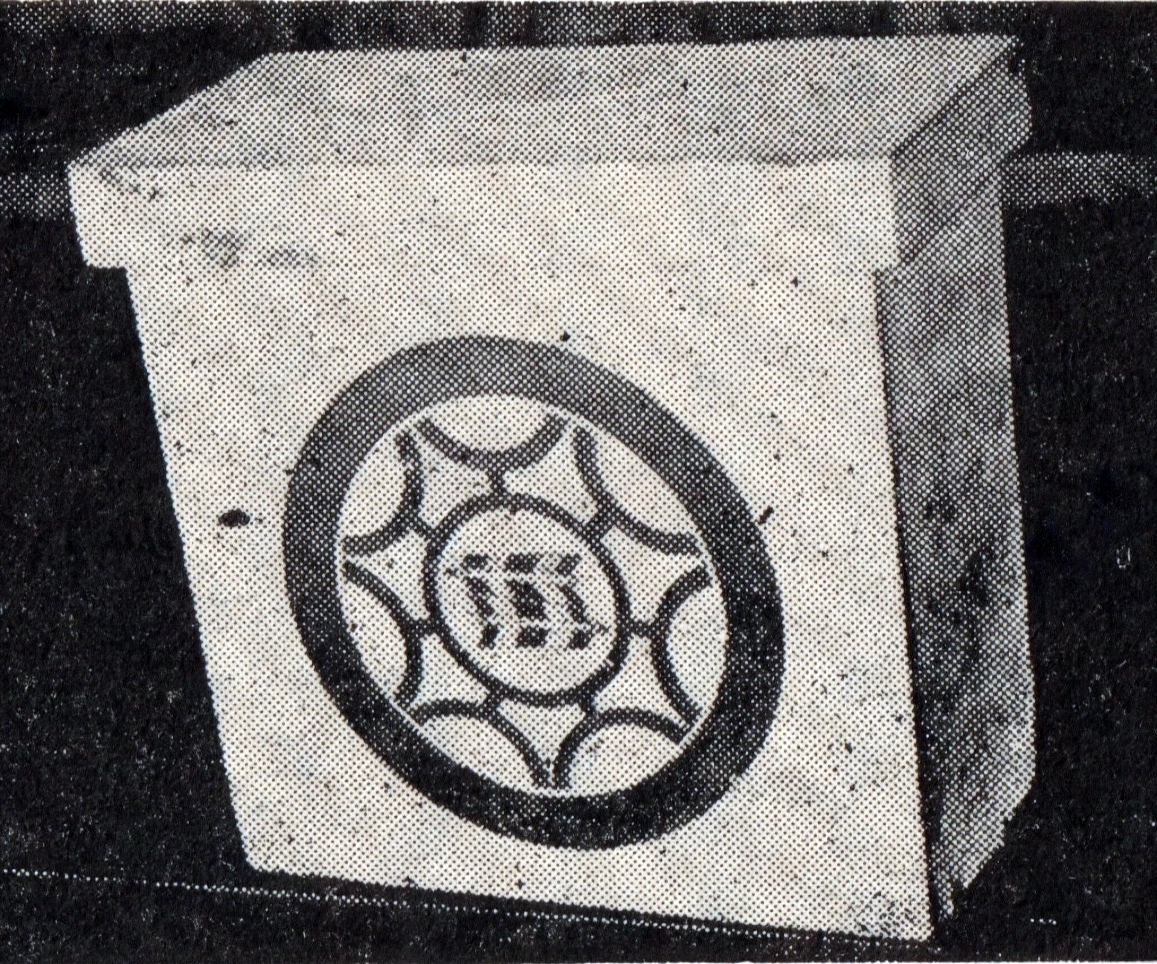
The primary difference between the two regions lies in their political circumstances during this period. Iga was nominally under the control of temple and shrine estates (Shajiryō), so its local warriors (Jizamurai) lacked a unified military authority (Shugo, or provincial governor) to rely on. In contrast, Kōga, being part of Ōmi Province, was directly governed by the Shugo of Ōmi, a military authority connected to the central regime.
Iga’s local warriors formed a coalition government and maintained their independence, while Kōga’s warriors, whether they liked it or not, were subject to the governance of Ōmi’s Shugo.
That said, Kōga also had some temple and shrine estates, though these were limited to areas near the border with Iga District and were not significant enough to hinder the influence of the Shugo. (I even suspect that the separation of Iga and Kōga Districts may have been due to the distinction between temple/shrine estates and aristocratic estates.)
Under these circumstances, Kōga’s local warriors solidified their status as vassals (Gokenin) of the Shugo appointed by the shogunate, while maintaining strong ties with the free local warriors of Iga, navigating this era through such relationships.
It is a clear fact that these Kōga warriors learned military strategy (Heihō), which includes ninjutsu, martial arts (Bujutsu), and military science (Heigaku), at Handōzan.
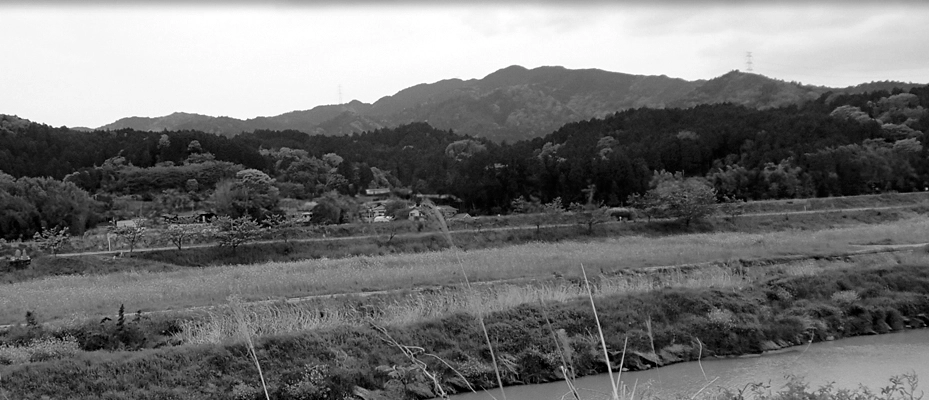
Handōzan is a Shugendō training ground established earlier than Mount Hiei, making it one of the oldest Shugendō sites after Yoshino. Until Shijūkuin, a Shingon-affiliated Shugendō training ground, was established in Shijūku Village in Iga Province, Handōzan was the only Shugendō sacred site in the northern part of Iga (at the time of its founding, Kōga was likely still part of Iga District).
This training ground, which served as the foundation for transmitting the seeds of ninjutsu—Yamabushi Heihō—to Iga, was also the place where Kōga’s local chieftains trained in military strategy.
Until Shijūkuin was founded in Iga by Kūkai, the local chieftains of Iga (primarily from northern Iga) trained in military techniques alongside Kōga’s chieftains at Handōzan. It’s only natural that the Kōga warriors included a significant number of Hattori clan members, as both groups originally lived in the same region, with the Hattori being the most dominant force there. The deep blood ties between them became an invisible bond connecting the ninja clans of Kōga and Iga, a point that deserves special attention.
In any case, from the early Kamakura period, Kōga’s local warriors solidified their status by becoming vassals of the Shugo. The first Shugo of Ōmi appointed by the Kamakura Shogunate was Sasaki Sadatsuna. Sadatsuna was the eldest son of Sasaki Hideyoshi, a general loyal to Yoritomo, and the older brother of Sasaki Takatsuna, famous for his role in the Uji River battle. Their father, Hideyoshi, died in battle in Ōmi in 1184 CE (Juei 3) against Taira no Ietsugu, a Taira vassal, which likely contributed to Sadatsuna’s appointment as Shugo of Ōmi Province after the fall of the Taira clan, due to his military merits. Although there were some changes over time, the position of Shugo of Ōmi was hereditarily held by the Sasaki clan.
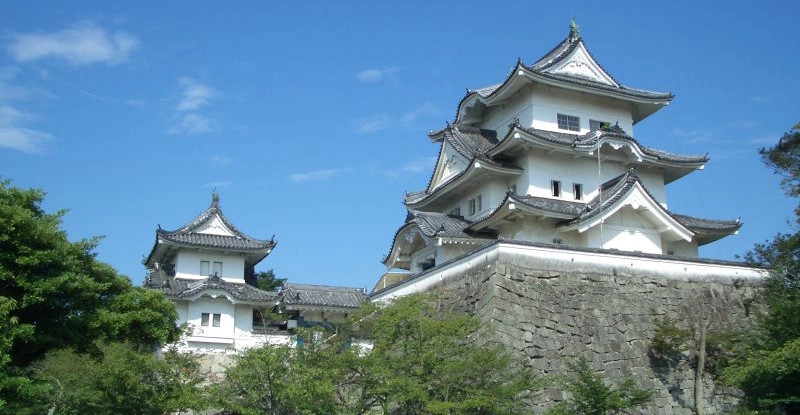
By the late Kamakura period, a remarkable figure named Takauji emerged in the Sasaki family, greatly expanding its influence. This Takauji, later known as Sasaki Nyūdō Dōyo after taking Buddhist vows, was a master of espionage (Yōkan). He skillfully navigated the chaotic times using the Kōga ninja groups, maintaining the Sasaki family’s status.
By this period, the Kōga ninja clans had become vassals of the Sasaki family, operating under the unified command of Sasaki Takauji. It’s likely that during this time, the foundation for what would later be known as the “Fifty-Three Families of Kōga” was steadily being established.
Can there really be two distinct schools that use the same manual, regard the same author as the foundational figure of their school, and do so without suspicion?

If we force ourselves to find a difference, it’s only that the Kōga clans are referred to as the “53 Kōga Families” and the Iga clans as the “49 Iga Schools,” reflecting the different regions where these ninjutsu practitioners resided. In other words, two regions under different administrative authorities were inhabited by the same ethnic group, speaking the same language, and practicing the same techniques—one was simply called Kōga-ryū, the other Iga-ryū. Even these regions were artificially divided in ancient times for political reasons, against natural geographical boundaries. Naturally, Iga and Kōga are essentially a single contiguous area. (Page 178).
The 53 Kōga Families
- 山中十郎 Yamanaka Jūrō (Hashi)
- 嵯峨越前守 Saga Echizen no Kami (Hashi)
- 宮島掃部介 Miyajima Kamonnosuke (Hashi)
- 倉治右近介 Kuraji Ukon no Suke (Hashi)
- 平子主殿介 Hirako Tononosuke (Hashi)
- 葛城丹後守 Katsuragi Tango no Kami (Hashi)
- 杉谷与藤次 Sugitani Yotōji (Hashi)
- 土山鹿之助 Tsuchiyama Shikanosuke (Hashi)
- 美濃部源吾 Minobe Gengo (Sugawara)
- 隠岐右近太夫 Oki Ukon Tayū (Minamoto)
- 芥川左京亮 Akutagawa Sakyōryō (Minamoto)
- 宇田藤内 Uda Tōnai (Minamoto)
- 望月出雲守 Mochizuki Izumo no Kami (Minamoto)
- 針和泉守 Hari Izumi no Kami (Minamoto)
- 鵜飼源八郎 Ukai Genhachirō (Minamoto)
- 小川孫十郎 Ogawa Magojūrō (Minamoto)
- 山上藤七郎 Yamagami Tōshichirō (Minamoto)
- 八田勘助 Hatta Kansuke (Minamoto)
- 神保兵内 Jimbo Hyōnai (Koremuni)
- 饗庭河内守 Aeba Kawachi no Kami (Koremuni)
- 頼宮四方介 Yorimiya Shihōsuke (Fujiwara)
- 上山新八郎 Ueyama Shinhachirō (Fujiwara)
- 青木筑後守 Aoki Chikugo no Kami (Tatara)
- 小泉外記 Koizumi Geki (Tatara)
- 鳥居兵内 Torii Hyōnai (Taira)
- 杉山八郎 Sugiyama Hachirō (Taira)
- 夏見大学 Natsumi Daigaku (Natsumi)
- 多羅尾四郎兵衛 Tarao Shirōbei (Shinohara)
- 三雲新蔵人 Mikumō Shin Kurōdo (Tanba)
- 長野刑部丞 Nagano Gyōbushō (Fujiwara)
- 多喜勘八郎 Taki Kanhachirō (Tomoe)
- 野田五郎 Noda Gorō (Tomoe)
- 内貴伊賀守 Naiki Iga no Kami (Fujiwara)
- 岩室大学介 Iwamuro Daigakusuke (Tachibana)
- 中山民部丞 Nakayama Minbushō (Tachibana)
- 高野備後守 Takano Bingo no Kami (Koremuni)
- 大原源三郎 Ōhara Genzaburō (Tomoe)
- 和田伊賀守 Wada Iga no Kami (Minamoto)
- 牧村右馬介 Makimura Yumano Suke (Tomoe)
- 池田庄右衛門 Ikeda Shōemon (Fujiwara)
- 服部藤太夫 Hattori Tōdayū (Taira)
- 大河原源太 Ōgawara Genta (Taira)
- 大久保源内 Ōkubo Gennai (Taira)
- 佐治河内守 Saji Kawachi no Kami (Taira)
- 上野主膳正 Ueno Shuzen no Shō (Tomoe)
- 上田三河守 Ueda Mikawa no Kami (Tomoe)
- 大野宮内少輔 Ōno Miyauchi Shōsuke (Fujiwara)
- 岩根長門守 Iwane Nagato no Kami (Tomoe)
- 黒川文内 Kurokawa Bunnai (Tomoe)
- 高峰蔵人 Takamine Kurōdo (Taira)
- 高山源太左衛門 Takayama Gentazaemon (Tachibana)
- 伴左京介 Ban Sakyōsuke (Tomoe)
- 新庄越後守 Shinjō Echigo no Kami (Fujiwara)
From Page 175-177
The 49 Iga Schools
- Gen-Ryū
- Genjitsu-Ryū
- Gikan-Ryū
- Goton-juppo-Ryū
- Gyokko-Ryū
- Gyokushin-Ryū
- Hakuun-Ryū
- Hattori-Ryū
- Iga-Ryū
- Kadone-Ryū
- Koto-Ryū
- Kukishinden-Ryū
- Kumogakure-Ryū
- Momochi-Ryū
- Rikyoku-Ryū
- Ryūmon-Ryū
- Sawa-Ryū
- Taki-Ryū
- Takino-Ryū
- Tenton Happo-Ryū
- Togakure-Ryū
- Tsuji-ichimu-Ryū
- Uchikawa-Ryū
- Yoshimori-Ryū
Okuse did not list any schools in his book, it seems like it is not easy to get a total list of all the “49 schools”, but here is a few of them listed above.
Excerpt above about Ninjutsu History from the book Ninjutsu Sono Rekishi To Ninja by Heishichirō Okuse.
Heishichirō Okuse (奥瀬 平七郎, おくせ へいしちろう) was a Japanese novelist, researcher, and politician born on November 13, 1911, in Ueno, Japan. He passed away on April 10, 1997.
Okuse graduated from Waseda University and studied under the renowned author Masuji Ibuse. He developed a particular interest in ninjutsu (the art of stealth and espionage), contributing to its study and preservation. Professionally, he worked for the Manchurian Telephone & Telegraph Company.
In addition to his literary and research endeavors, Okuse served as the mayor of Ueno from 1969 to 1977. His multifaceted career reflects a deep engagement with both traditional Japanese martial arts and public service.
